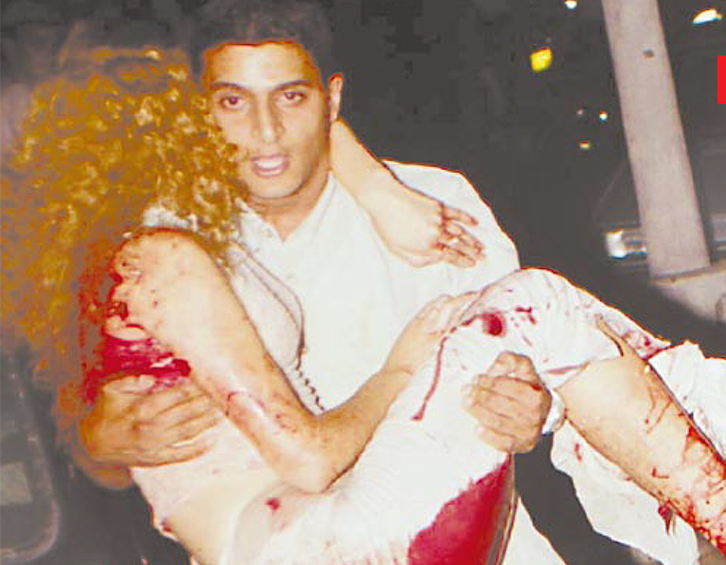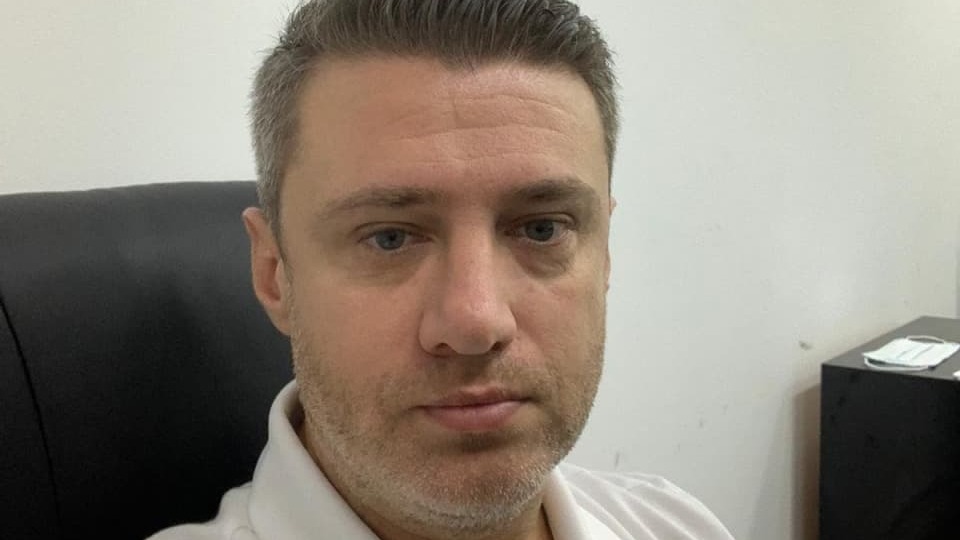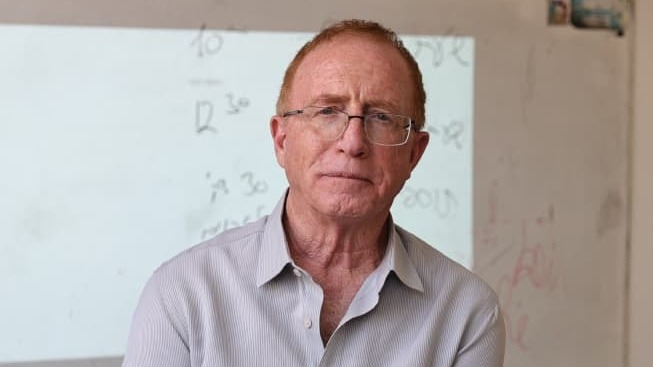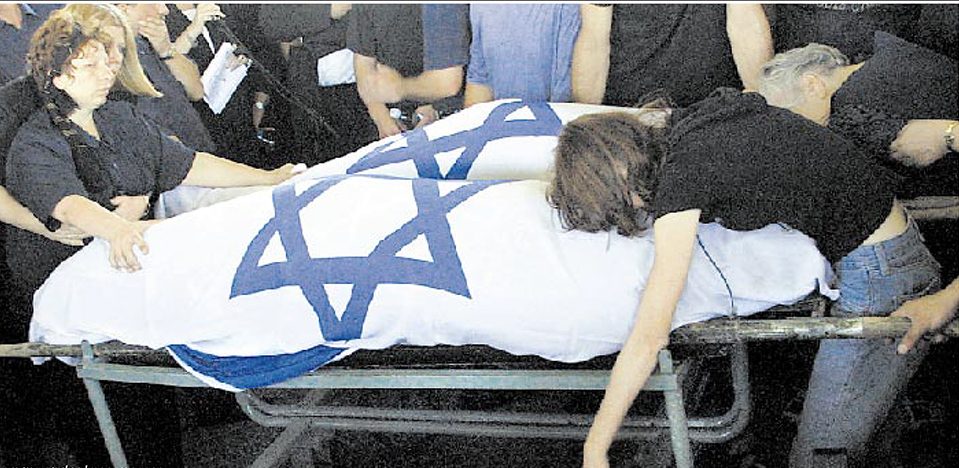The survivors of the 2001 suicide bombing at Tel Aviv’s Dolphinarium discotheque are still living with the horror, which has only intensified over the past two decades due to the state’s lack of recognition and refusal to provide appropriate compensation.
On June 1, 2001, a Hamas-affiliated terrorist blew himself up at the entrance to the seaside club, killing 21 young Israelis and wounding dozens more.
Many of the victims were immigrants from the former Soviet Union who were planning to attend a party at the club.
(The scene of the Dolphinarium bombing, June 1, 2001)
One survivor of the infamous attack is Irina Lipkin, now aged 38, who sustained numerous injuries.
"The terrorist blew himself up two meters away from me as I stood in line to get into the club,” Irina says.
“At Ichilov hospital [in Tel Aviv] I was asked what clothes my two best friends who were with me had been wearing. It was only later that I learned that one of them had been killed.”
7 View gallery
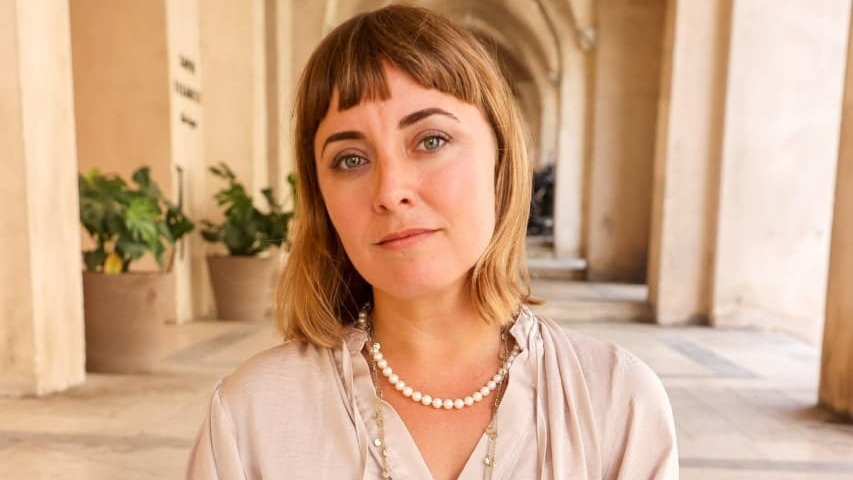

Irina Lipkin: Anyone who goes through something like that is left with a wounded soul
(Photo: Yariv Katz)
Lipkin remembers the attack in vivid detail.
"There was a large crowd at the entrance. And in a split second I was inside the explosion. I saw everything in slow motion, the wave of burning heat enveloping me. The friends who were standing next to me were thrown in all directions.”
“Before the ambulances arrived was a harrowing quiet. A car stopped and took us to the hospital. A guy and a girl sat next to me and one of them held my hand. They dropped us off at Ichilov and vanished,” Lipkin says.
“Seconds later people with burns all over their bodies started to arrive, both the wounded and the dead. It was such a traumatic scene for a 17-year-old girl. Anyone who goes through something like that, even if they are physically unharmed, is left with a wounded soul that cannot recover.”
7 View gallery
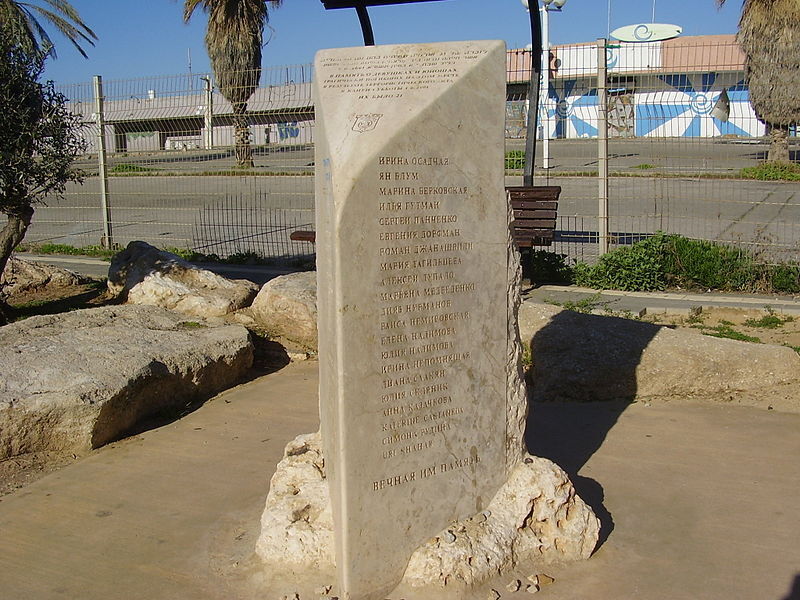

A memorial at the site of the Dolphinarium bombing carrying the names of the victims in Russian
(Photo: Avishai Teicher/CC BY 3.0)
Lipkin says that she was lost after she finished 12th grade, while the state repeatedly failed to treat or recognize her trauma.
“No institution in the country knew how to assist me as a victim of hostilities. I had severe post traumatic stress. At the age of 25 I decided I had to help myself and went to study art at a university in Canada,” she says.
7 View gallery
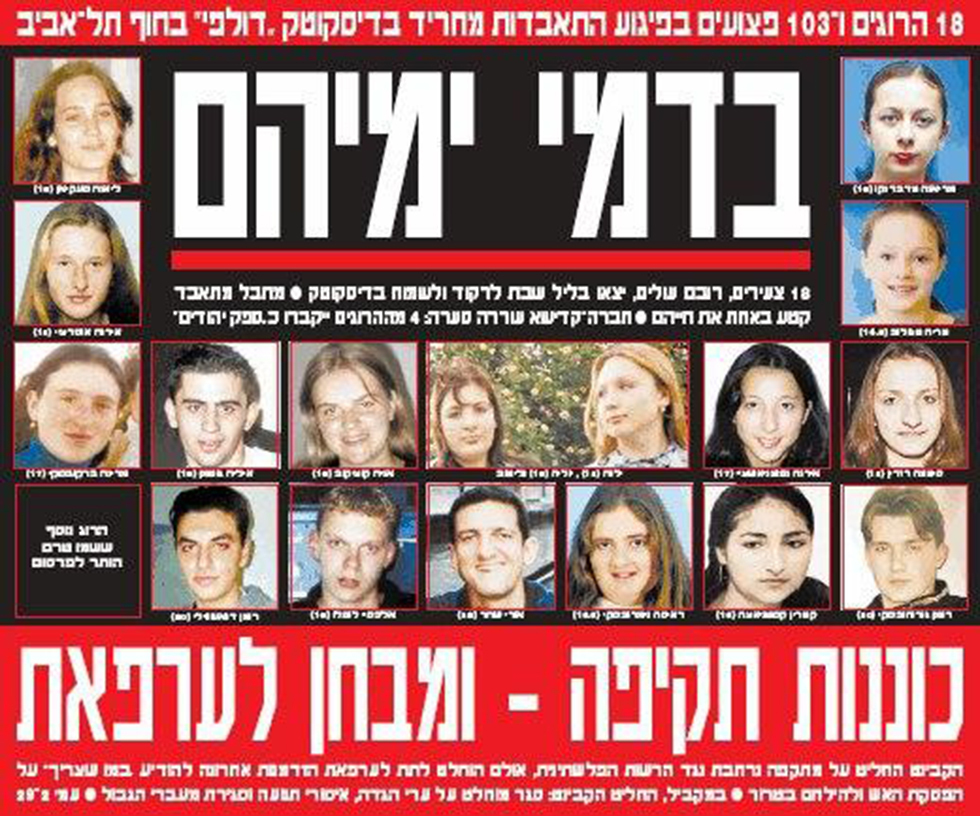

The front page of Yedioth Ahronoth from June 2001 showing the victims of the Dolphinarium bombing
(Photo: Archive)
Upon her return to Israel, Lipkin says, she had to fight for the National Insurance Institute to pay her the compensation she was due as a victim of a terrorist attack.
“The meetings with the National Insurance Institute panels were a second trauma for me,” she says. "They claimed that there was no connection between my condition and the attack.”
Mike Lampert, also 38, was seriously wounded in the attack and is still dealing with the trauma.
"I try to forget. But unfortunately, I relive the Dolphinarium attack every day," he says. "Every time in front of the mirror I see the scars left all over my body.”
Like Lipkin, Lampert was forced to battle the National Insurance Institute for compensation.
“I was recognized as being 35% disabled due to my physical injuries. Even with all the trauma and hardship I endured after the attack, the National Insurance Institute claimed that it was impossible to prove a connection to the bombing. To this day, I spend NIS 800 a month on medication just to cope with my daily routine. "
Many of the victims attended Shevah Mofet High School in Tel Aviv, where Avi Benvenisti was principal at the time.
He also constantly relives that terrible night, in particular the 2am phone call that informed him that most of the victims were students at his own school.
"It was so difficult; I knew all the students," says Benvenisti.
He quickly realized that as most of the victims were from immigrant families, he and the school would have to help them deal with the attack, including organizing funerals, visiting the wounded and offering mental and financial support.
"There were five funerals in one day. We went from grave to grave and at every funeral I spoke," he says.
"What do you say to parents who immigrated to Israel with hopes for a better life for themselves and their children, only to have their whole lives shattered?”


